Neste Corporation
-
 ABB Ltd
ABB Ltd -
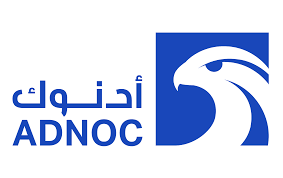 Abu Dhabi National Oil Company (ADNOC)
Abu Dhabi National Oil Company (ADNOC) -
 Admin
Admin -
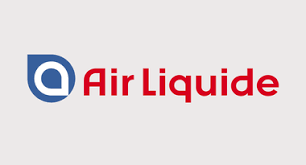 Air Liquide S.A.
Air Liquide S.A. -
 Aker Solutions ASA
Aker Solutions ASA -
 Alfa Laval AB
Alfa Laval AB -
Anglo American plc
-
 ArcelorMittal S.A.
ArcelorMittal S.A. -
 Ashcroft Inc.
Ashcroft Inc. -
 AVEVA Group plc
AVEVA Group plc -
 Axens
Axens -
 Bechtel Corporation
Bechtel Corporation -
 Bentley Systems
Bentley Systems -
 BHP
BHP -
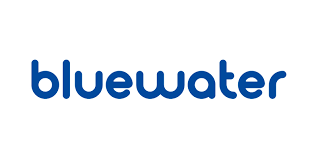 Bluewater Energy Services B.V.
Bluewater Energy Services B.V. -
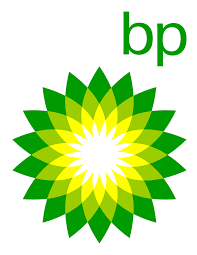 BP plc
BP plc -
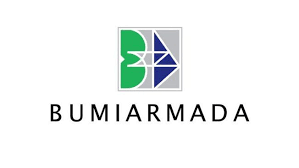 Bumi Armada Berhad
Bumi Armada Berhad -
 Canadian Solar Inc.
Canadian Solar Inc. -
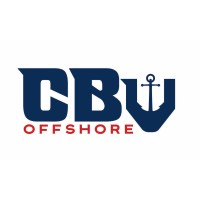 CBV Offshore
CBV Offshore -
 Claxton Engineering
Claxton Engineering -
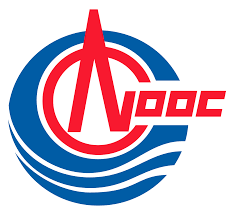 CNOOC Limited
CNOOC Limited -
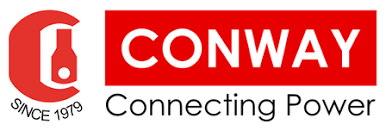 Conway Products Sdn. Bhd.
Conway Products Sdn. Bhd. -
 Crosby Valve and Engineering Co
Crosby Valve and Engineering Co -
 den
den -
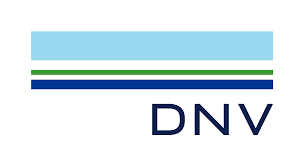 DNV A.S.
DNV A.S. -
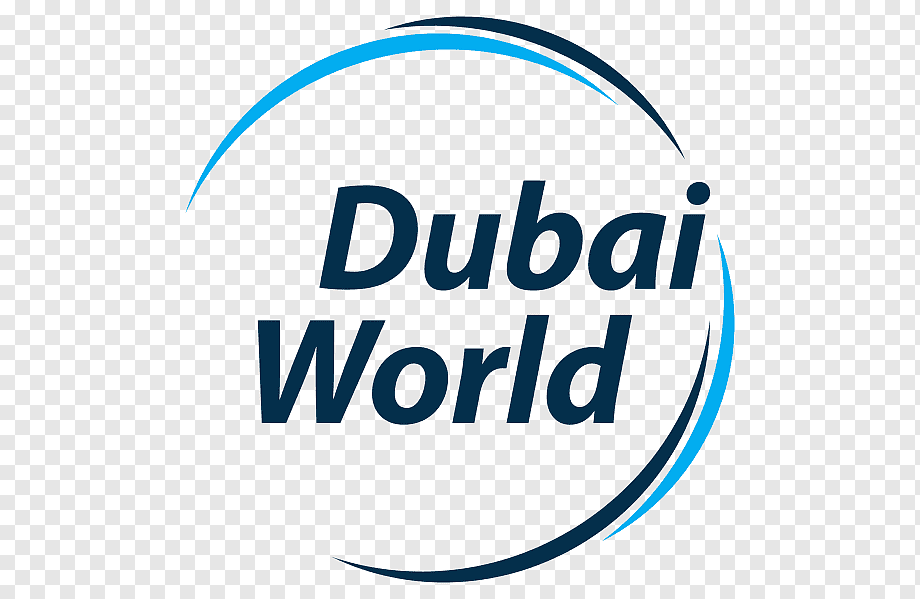 Drydocks World Dubai LLC
Drydocks World Dubai LLC -
 Eaton Corporation
Eaton Corporation -
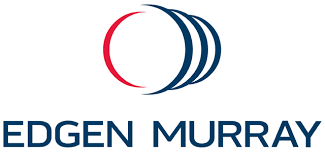 Edgen Murray Corp
Edgen Murray Corp -
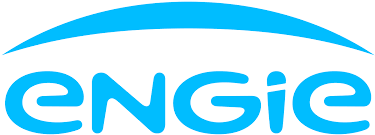 Engie S.A.
Engie S.A. -
 Eversendai Corporation Bhd
Eversendai Corporation Bhd -
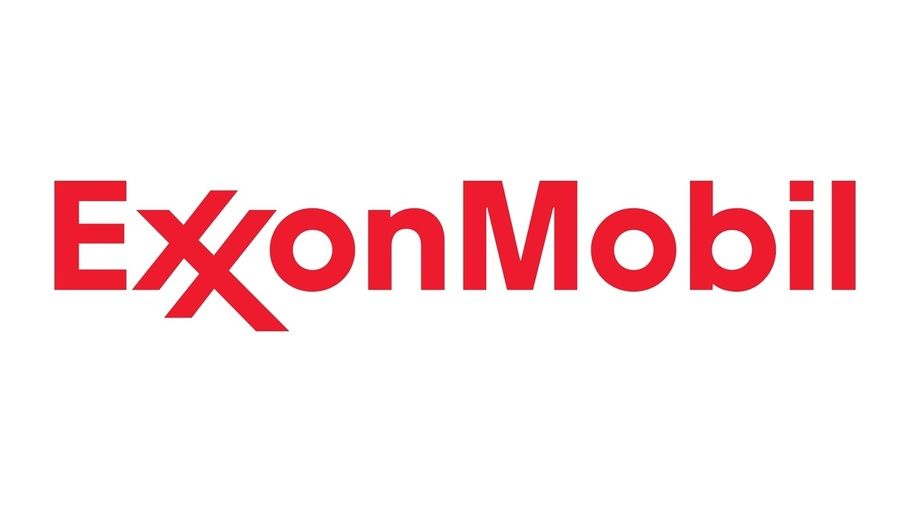 ExxonMobil Corporation
ExxonMobil Corporation -
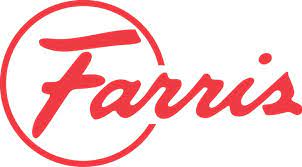 Farris Engineering
Farris Engineering -
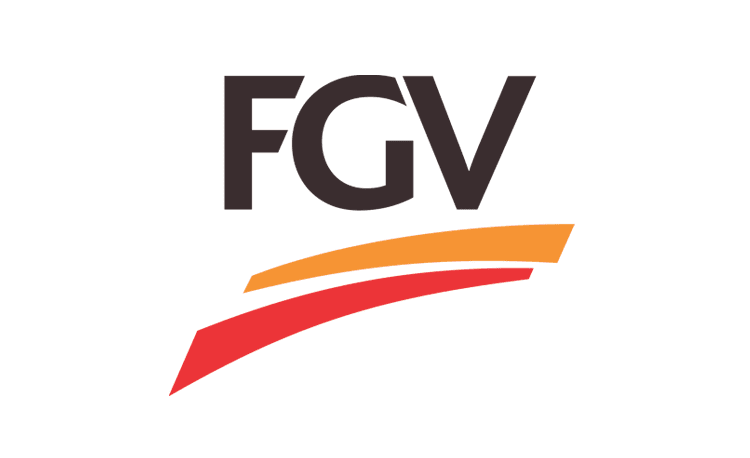 FGV Holdings Berhad
FGV Holdings Berhad -
 Flowserve Corporation
Flowserve Corporation -
 FLSmidth & Co. A/S
FLSmidth & Co. A/S -
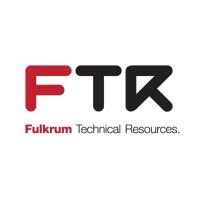 Fulkrum Technical Resources
Fulkrum Technical Resources -
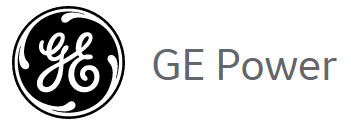 GE Power
GE Power -
 Grayloc Technology
Grayloc Technology -
 Halliburton Corporation
Halliburton Corporation -
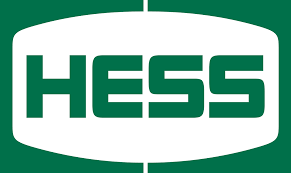 Hess Corporation
Hess Corporation -
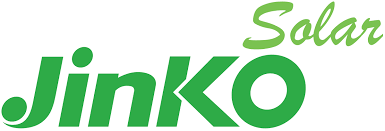 JinkoSolar Holding Co., Ltd.
JinkoSolar Holding Co., Ltd. -
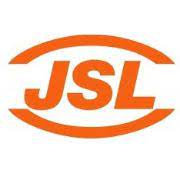 Jurong Shipyard PTE Ltd.
Jurong Shipyard PTE Ltd. -
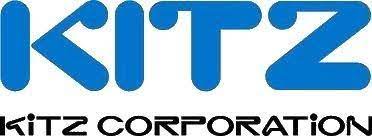 Kitz Valve & Actuation
Kitz Valve & Actuation -
 Kobe Steel Co.
Kobe Steel Co. -
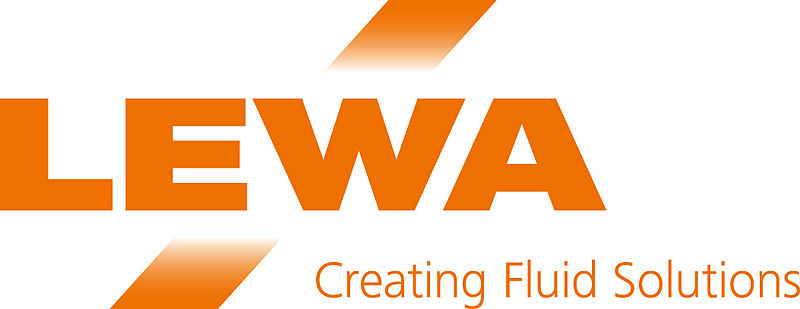 Lewa GMBH
Lewa GMBH -
Lisega SE
-
 Marubeni Corporation
Marubeni Corporation -
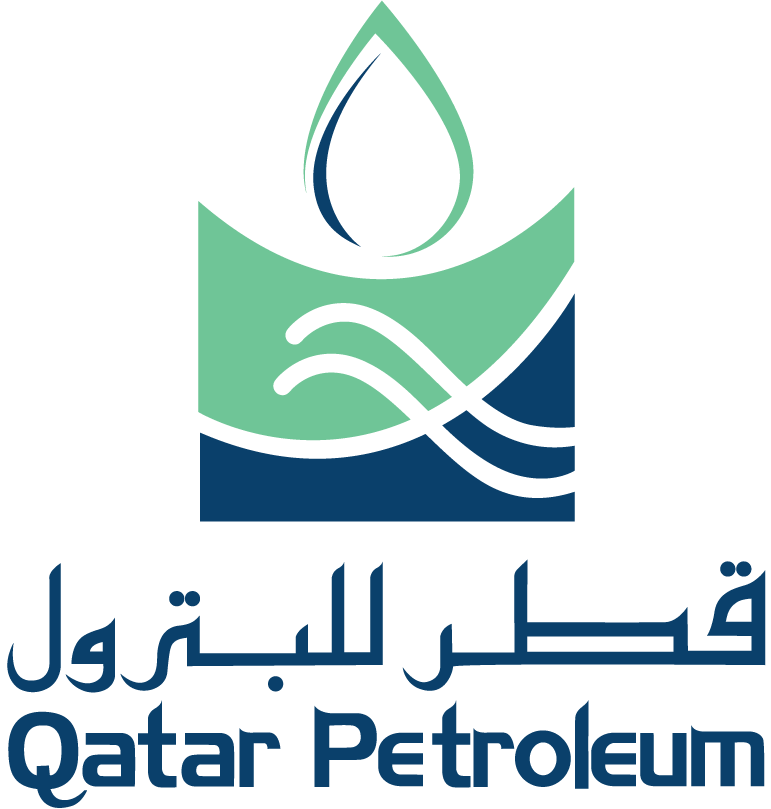 Modec
Modec -
 Mubadala Petroleum LLC
Mubadala Petroleum LLC -
 Neste Corporation
Neste Corporation -
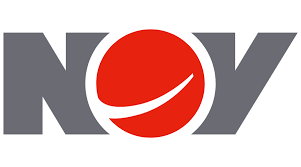 NOV
NOV -
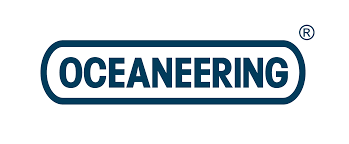 Oceaneering International Inc.
Oceaneering International Inc. -
 Oliver Valves Ltd
Oliver Valves Ltd -
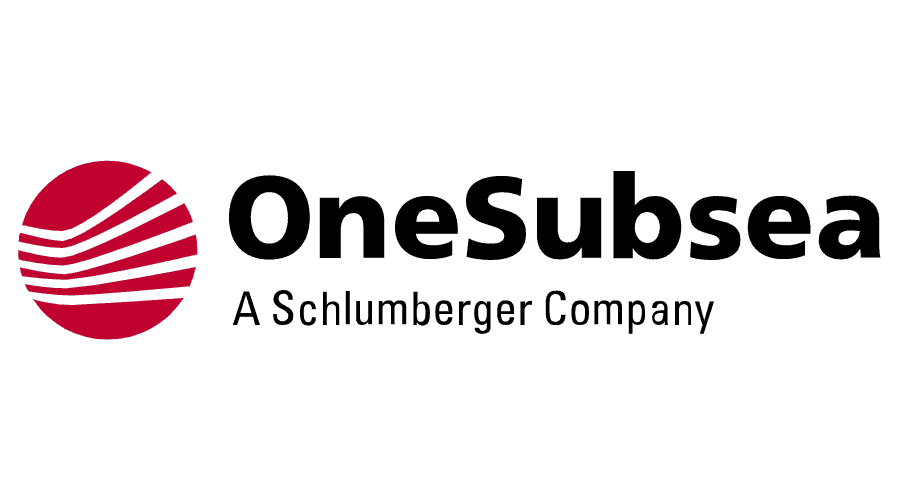 One Subsea UK Limited
One Subsea UK Limited -
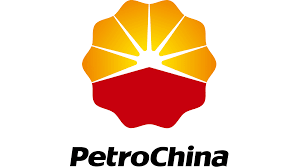 PetroChina Co. Ltd.
PetroChina Co. Ltd. -
 PLN Indonesia
PLN Indonesia -
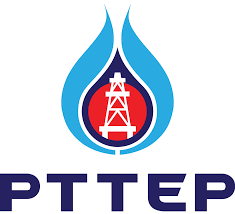 PTTEP Public Company Limited
PTTEP Public Company Limited -
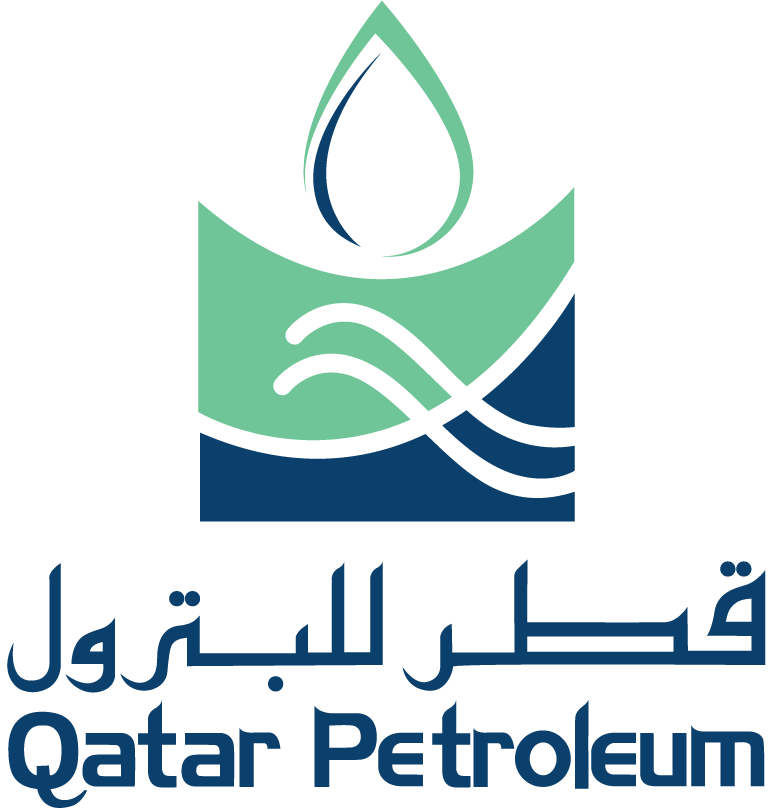 Qatar Energy
Qatar Energy -
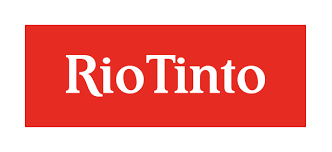 Rio Tinto PLC
Rio Tinto PLC -
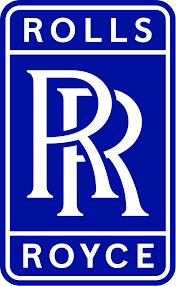 Rolls-Royce Holdings
Rolls-Royce Holdings -
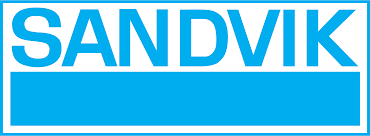 Sandvik
Sandvik -
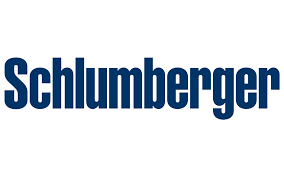 Schlumberger Limited
Schlumberger Limited -
 Schneider Electric SE
Schneider Electric SE -
 Seadrill Ltd
Seadrill Ltd -
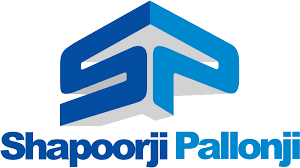 Shapoorji Pallonji Oil & Gas Pvt. Ltd.
Shapoorji Pallonji Oil & Gas Pvt. Ltd. -
 Sidvin Core-Tech (I) Pvt. Ltd
Sidvin Core-Tech (I) Pvt. Ltd -
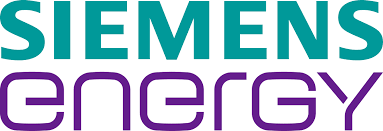 Siemens Energy AG
Siemens Energy AG -
Sime Darby Plantation Berhad
-
 Solarvest
Solarvest -
 Sulzer
Sulzer -
Sumitomo Corporation Group
-
 TechnipFMC plc
TechnipFMC plc -
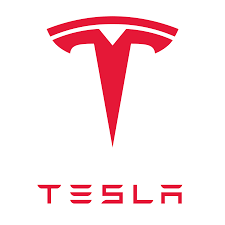 Tesla Energy
Tesla Energy -
 Test
Test -
 Trafigura Group Pte. Ltd.
Trafigura Group Pte. Ltd. -
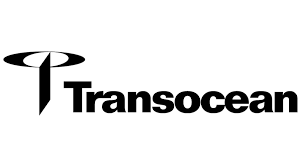 Transocean Ltd.
Transocean Ltd. -
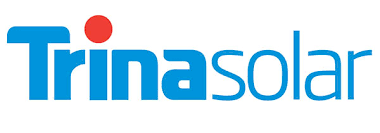 Trina Solar LTD
Trina Solar LTD -
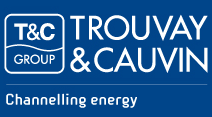 Trouvay & Cauvin Holding Group B.S.C.
Trouvay & Cauvin Holding Group B.S.C. -
 Vattenfall AB
Vattenfall AB -
 Velesto Energy
Velesto Energy -
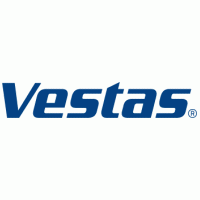 Vestas Wind Systems A/S
Vestas Wind Systems A/S -
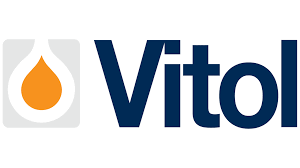 Vitol Holding B.V.
Vitol Holding B.V. -
 Weatherford International plc
Weatherford International plc -
 Wood Mackenzie Limited
Wood Mackenzie Limited -
 Wood PLC
Wood PLC -
 Woodside Petroleum
Woodside Petroleum -
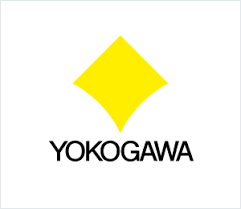 Yokogawa Electric Corporation
Yokogawa Electric Corporation
Neste Corporation
Company Registration No. :
NES1234598760

Company Location :
Espoo, Finland
SHORT BUSINESS DESCRIPTION
Neste Oyj (international name: Neste Corporation; former
names Neste Oil Corporation and Fortum Oil and Gas Oy) is an oil refining and
marketing company located in Espoo, Finland. It produces, refines and markets
oil products, provides engineering services, and licenses production
technologies. Neste has operations in 14 countries.[2]
Neste shares are listed on the NASDAQ OMX Helsinki Stock
Exchange. As of 2020, the Government of Finland is the largest shareholder in
the company, owning 35.91% of shares.[3] In 2019, Neste was the second largest
company in Finland in terms of revenue.[4]
The name "Neste" means "liquid" in
Finnish.
History
1948–1997 (Neste)
Neste was founded in 1948 as the State petrol company of
Finland with the purpose to ensure the availability of refined fuels in
Finland. The company's headquarters was established in Espoo.[5] At the time,
there was no oil industry or related expertise in Finland, and the company had
to start operations from scratch.[6]
In 1955, Uolevi Raade became the company's CEO.[5] In 1957,
the first oil refinery in Finland was built at Naantali using US
technology.[7][8][6] The Porvoo refinery was built in 1965 in Sköldvik
(Kilpilahti).[7] Originally, much of the oil refined was of Soviet origin,
though North Sea oil was used after the collapse of the USSR.[9]
In the 1960s and 1970s, Neste became the largest company in
Finland. In addition to oil refining, Neste began exploring and producing oil
and gas and entered into the chemical industry.[6] During the Cold War, Finland
imported goods from the Soviet Union in order to retain exporting privileges to
the country. Towards this end, Finland imported Russian oil, which was refined
by Neste.[6]
In 1971, Neste acquired half of Kesko-owned Kesoil.[10]
In the 1970s, Neste's fleet constituted one third of
Finland's merchant fleet in terms of its load capacity (1.1 million deadweight
tons). Neste Shipping's largest tankers were the 114,000-dwt sister vessels
Tiiskeri (1969) and Enskeri (1970), and the 259,000-dwt vessels Jaarli, Jatuli
and Jurmo, all of which were built at the beginning of the decade and bought
second-hand in 1979.[11] Because of the operations of Neste, the oil crisis of
1973 had little effect in Finland.[9]
In 1976, Finland's first skyscraper, Neste's 83.6-meter tall
headquarters, was built in Keilaniemi, Espoo. It was built in Espoo because
Helsinki did not issue a building license for such a tall building.[12]
In 1980, Jaakko Ihamuotila became the CEO.[5]
Neste started its service station operations in 1983.[7]
Neste held a legal import monopoly until the market
liberalization in the 1990s.[9] In 1990, Neste's international oil trade
accounted for about half of its turnover and oil refining for a quarter. In
1991, the company's turnover stood at 53.025 billion Finnish markka, and it
employed around 13,685 people.[5] After the Soviet Union collapsed in 1991, the
supply of oil from the region also dropped, and Neste had to find new sources
of raw material.[6] Neste had built several chemical plants around Europe, but
as the prices of oil and chemical products plummeted, Neste decided to sell off
its chemical industry operations.[6]
In 1991, Neste became the majority owner of Finnoil. Kesoil
also became a wholly owned subsidiary. In 1992, Union service stations became
Neste service stations. The following year the same happened to Finnoil service
stations.[13]
In 1994, Gasum was established with Gazprom as a minor (25%)
shareholder. In 1994, Neste's polyolefin production was separated into
Borealis, a joint venture with the Norwegian Statoil. In 1998, Neste's 50%
stake in Borealis was sold to OMV and IPIC.[14]
In 1994, Neste began as the main sponsor of a competition
previously known as the Finnish Rally and renamed Neste Rally Finland. In
October 2020, Neste ended its 26-year title sponsorship.[15][16]
In November 1995, the company was listed on the main list of
the Helsinki Stock Exchange.[7]
1998–2005 (Neste as part of Fortum)
In 1998, Neste merged with the power company Imatran Voima
Oy to create Fortum Oyj. After the merger the chemical operations of Neste were
transferred to the newly established company Neste Chemicals, which was sold to
the investment firm Industri Kapital for $535 million.[17] In 1998, Kesoil
service stations also became Neste stations.[13]
An engineering joint venture, Neste Jacobs Oy, was
established with the American Jacobs Engineering in 2004.[18] In May 2004,
Fortum Oil and Gas Corporation was split into two: the company's oil business
was renamed Fortum Oil Corporation and other operations renamed Fortum Heat and
Gas Corporation.[7] Fortum Oil Corporation was a subsidiary of Fortum
Corporation.[19]
2005–2014 (Neste Oil)
In the spring of 2005, Fortum Oil Corporation was demerged
from Fortum, becoming the Neste Oil Corporation.[19]
Neste Oil Corporation was listed on the Helsinki Stock
Exchange in June 2005.[19] Risto Rinne started as Ihamuotila's successor and
CEO.[20]
A renewable diesel plant, using second generation biofuels
and NEXBTL technology and located at the Porvoo refinery, was brought on stream
in 2007, together with a new conventional diesel production line.[21] At the
same year, the entire bus fleet of Helsinki Region Transport switched fully to
diesel produced using NEXBTL technology. Experiments by Neste, VTT Technical
Research Centre of Finland and Proventia showed that local emissions decreased
significantly after the switch, with overal particle emissions decreasing by
30% and nitrogen oxide emissions by 10%, with excellent winter performance and
no problems with catalytic converters.[22][23] A second renewable diesel plant
at Porvoo was became operational in 2009.[24]
In 2007, Neste started a research program on algae, but this
was discontinued in 2015. In 2019, the research program restarted to
investigate the production of aviation fuel from algae and municipal solid
waste.[25]
In 2008, Rinne retired, with Matti Lievonen succeeding him
as CEO.[26] In November 2010, Neste launched the world's largest renewable
diesel plant,[27] with an annual production capacity of 800,000 tons, in
Singapore. The plant used palm oil and other renewable feedstocks as raw
materials. Its investment costs were 550 million euros. The use of palm oil was
criticized by Greenpeace for its environmental impact. Neste committed to using
only sustainably produced palm oil. Neste is a member of the Roundtable on
Sustainable Palm Oil (RSPO), an organization established to promote the use of
certified palm oil. The organization includes producers, environmental
organizations and other NGOs, as well as large palm oil consumers such as Western
energy and consumer product companies.[28]
In 2011, a plant similar in size to the Singapore plant was
launched in Rotterdam, Netherlands.[29] Its investment costs amounted to 670
million euros.[30]
Neste and Stora Enso ran a joint venture to research the
production of renewable diesel oil from wood biomass through biomass
gasification and the Fischer-Tropsch process in Varkaus, Finland. However,
coming second in a bid for European Investment Bank startup funding led to the
cancellation of this project in 2012.[31]
Neste's self-service station chain in Poland was sold to
Royal Dutch Shell in April 2013.[32] In the same month, Neste announced that it
had started cooperation with The Forest Trust (TFT), an organization that
focuses on combating deforestation.[33] During 2013, Neste abandoned its
shipping operations; it sold eight vessels (five tankers and three tugboats)
owned by Neste Shipping to a shipping company owned by the National Emergency
Supply Agency and Ilmarinen Mutual Pension Insurance Company, which began to
lease the vessels to Neste. The holding company owns the vessels, which are
operated by a separate ship management company. Ensuring supply security was
one of Neste's responsibilities. However, this was at odds with the company's
operations in the international market. After the change of ownership, the
vessels continued to employ a Finnish crew and sail under the Finnish flag.
Neste Oil kept three tankers as well as ships owned on a fifty-fifty basis with
Swedish company Stena, which it intends to sell later. These ships were not
needed to ensure supply security.[34]
2015– (Neste)
In 2015 the company's name was changed from Neste Oil back
to Neste to emphasize the company's focus on the renewable energy
business.[35][36][37] In 2016, the Neste Oil chain of service stations also
shortened its name. The Neste chain included nearly 800 stations in Finland, as
well as 258 stations in the Baltics and several in the Saint Petersburg region
in Russia.[37]
In 2017, Neste acquired Jacobs Engineering's 40% stake in
Neste Jacobs and gained full control of the company. After the takeover, Neste
Jacobs was renamed Neste Engineering Solutions Oy.[18]
When CEO Lievonen retired in November 2018, he was followed
by the Belgian-German Peter Vanacker.[26] In December, Neste announced an
investment decision of around 1.4 billion euros in Singapore, which would
increase its total capacity of renewable products in Singapore by 1.3 tonnes
per year. It was estimated that the company's total annual production capacity
of renewable products would increase to nearly 4.5 million tonnes by 2022.[38]
In February 2019, Neste reported that as of May, it would
divide its renewable products business area into three business units and one
operating platform, namely Renewable Aviation, Renewable Polymers and
Chemicals, Renewable Road Transportation, and Renewables Platform (responsible
for managing and developing the production and supply chain of renewable
products).[39] In July, Neste sold its chain of service stations in Russia to
Tatneft. The deal included a fuel terminal and 75 stations in the Saint
Petersburg region.[40] In 2019, Neste was the largest corporate taxpayer in
Finland.[41]
In 2019, Neste and LyondellBasell announced the
commercial-scale production of bio-based plastic from renewable materials.[42]
In 2020, Neste, Covestro, and Borealis started a similar cooperation for
production of polycarbonate plastics. As part of the cooperation, Neste
produces hydrocarbons from renewable raw materials as a feedstock to
manufacture phenol by Borealis. Phenol is used by Covestro to produce
polycarbonate plastics, which would primarily be used for car headlights and
window coatings.[43][44]
In March 2020, Neste made an investment in the German
Sunfire company, which develops high-temperature electrolysis technology.[45]
In September 2020, Neste sold its 49.99% stake in Nynas AB to Bitumina
Industries.[46]
In September 2020, Neste started cooperation negotiations
concerning the closure of the Naantali refinery because of the decreasing
global demand for fossil fuels and the simultaneously increasing
overcapacity.[47] The refinery is planned to close by the end of March 2021.[48]
The company's aim was to keep its terminal and port operations in Naantali and
focus refinery operations in Porvoo.[8]
Operations
Neste's operations are divided into marketing and services,
oil products, renewable aviation, renewable polymers and chemicals, and
renewable road transportation units, as well as managing an operating
platform.[49]
Refining
Neste's Porvoo refinery
Neste operates conventional oil refineries at Porvoo and
Naantali in Finland and renewable diesel refineries in Porvoo, Singapore and
Rotterdam, Netherlands.[50] Neste holds also a 45% stake in a base oil plant in
Bahrain.[50] In Finland, four production lines are located at Porvoo refinery
and the fifth at Naantali refinery.[51][48] In 2015, two renewable diesel
production lines in Porvoo produced 0.525 million metric tonnes of renewable
diesel, which was approximately one fifth of the diesel consumption of
Finland.[52][53][54] Neste's production facility in Singapore is the largest
renewable diesel refinery in the world, with an annual capacity of 1.1 million
metric tonnes.[55] A planned new production line is expected to increase its
capacity by one million tonnes in 2022.[55]
Neste's refinery feedstock includes of crude oil and
renewable raw materials, such as used cooking fat, waste animal and fish fat
from the food industry,[47] waste and residues from vegetable oil production,
technical corn oil, palm oil, rapeseed oil, and soybean oil.[56] About 80% of
renewable feedstock is waste and residue fats and oils.[57] Neste also
researches the use of community waste, algae, lignocellulose,[47] and liquefied
waste plastic as feedstock.[57] In 2019, most of the crude oil used by Neste
came from Russia.[56]
Neste produces gasolines, diesel, aviation and marine fuels,
light and heavy fuel oils, base oils, gasoline components, special fuels and
solvents.[58][59] LPGs, carbon dioxide, and sulfur are sold as by-products.
Neste's products include dozens of types of gasoline and more than a hundred
end-products.[60] In 2017, Neste was the world's largest producer of renewable
diesel, producing 2.6 million tonnes per year.[61]
Neste has developed the proprietary NEXBTL technology for
the production of renewable fuels.[38] Renewable diesel is a hydrodeoxygenated
paraffinic fuel, which can be used in conventional diesel engines without
engine modifications.[62] Neste's sustainable aviation fuel is a drop-in fuel,
which can be mixed with kerosene to produce a mixture that contains at least
50% kerosene.[63] Among others, it is used by Lufthansa and the Swedish Air
BP.[63] In 2019, Neste produced about 100,000 tonnes of sustainable aviation
fuel[63] and plans to produce around 1.5 million tonnes per year by 2023.[64]
Service stations
Neste owns a chain of service stations, which is the largest
in Finland.[65] In 2020, Neste had station chains consisting of more than 800
traffic and automatic stations in Finland, Estonia, Latvia and Lithuania. Its
service station chain in Finland includes several networks of stations: Neste,
Neste K, unmanned Neste Express stations, and the Neste Truck stations for
heavy-duty vehicles.[66][67]
Corporate issues
Shareholding
As of 31 October 2020, the largest shareholders of Neste
were:[3]
- Finnish Government (35.91%)
- Finnish State Development Company Vake Oy (8.31%)
- Varma Mutual Pension Insurance Company (1.36%)
- Kela, the Social Insurance Institution of Finland (1.03%)
- Ilmarinen Mutual Pension Insurance Company (0.83%)
- City of Kurikka (0.60%)
- The State Pension Fund of Finland (0.55%)
- Elo Mutual Pension Insurance Company (0.40%)
Recognition
Neste was ranked Finland's most respected service station
brand in a survey of Finnish brands carried out by Taloustutkimus and
Markkinointi & Mainonta in Summer 2013.[68] In February 2014, Talouselämä
magazine named Neste's NEXBTL renewable diesel as the most groundbreaking
Finnish business innovation of the new millennium.[69] Neste was ranked the
second most sustainable company in the world on the 2018[70] Global 100 index
ranking by Corporate Knights, a financial information company. In 2019 and 2020
Neste was selected as the third most sustainable company and in 2021 as the
fourth most sustainable company in the world in the same index.[71] In October
2019, the consulting company Innosight listed Neste as one of the companies
that made the most positive changes in their operations.[56] Between 2007 and
2019, Neste has been listed in the Dow Jones Sustainability Index (DSJI), which
ranks the world's technology companies in terms of their sustainability
efforts.[72][73]
Environmental record
Climate record
Neste has a target to make its production carbon neutral by
2035.[8]
Palm oil
Neste has been criticized for using palm oil and palm fatty
acid distillate, a by‐product of physical refining of crude palm oil products,
as a part of its feedstock for renewable products.[57][74] Critics include of
WWF,[74] Greenpeace,[75] Biofuelwatch[57] and Milieudefensie,[76] among others.
Neste consumes 1–2% of the world's total palm oil
production.[57] In 2016, less than 20% of renewable raw materials used by Neste
was crude palm oil.[77] Crude palm oil used by the company has been traceable
to the oil palm plantation level since 2007, and has been 100% certified since
2013.[77] However, certification does not apply to palm fatty acid
distillate.[57] Since 2016, Neste has published information about all its crude
palm oil suppliers on its website.[77]
In 2018 Biofuelwatch stated in their annual report that
Neste meets EU sustainability standards for biofuels by sourcing palm oil from
older plantations, commonly ones for which rainforest was destroyed before
2008. However, it cannot guarantee that all of its crude palm oil is free of
effects from more recent or ongoing deforestation.[78] Greenpeace has
issued[79] similar concerns about Neste's palm oil usage after an investigation
by MapHubs showed that Neste's supply chain for palm oil includes Indonesian
palm mills creating the most orangutan habitat loss.[80][81]
Neste has been a target of sustained attacks, including
publicity campaigns.[82] In January 2011, Neste won the Public Eye Awards.[83]
Neste also attempted to shut down a parody website launched by
Greenpeace;[84][85] however, the World Intellectual Property Organization
rejected the trademark-based complaint, since the page is noncommercial, gives
no economical benefit, is not misleading, and follows the guidelines of freedom
of speech.[86]
Click here to find more on website link : https://www.neste.com/about-neste


